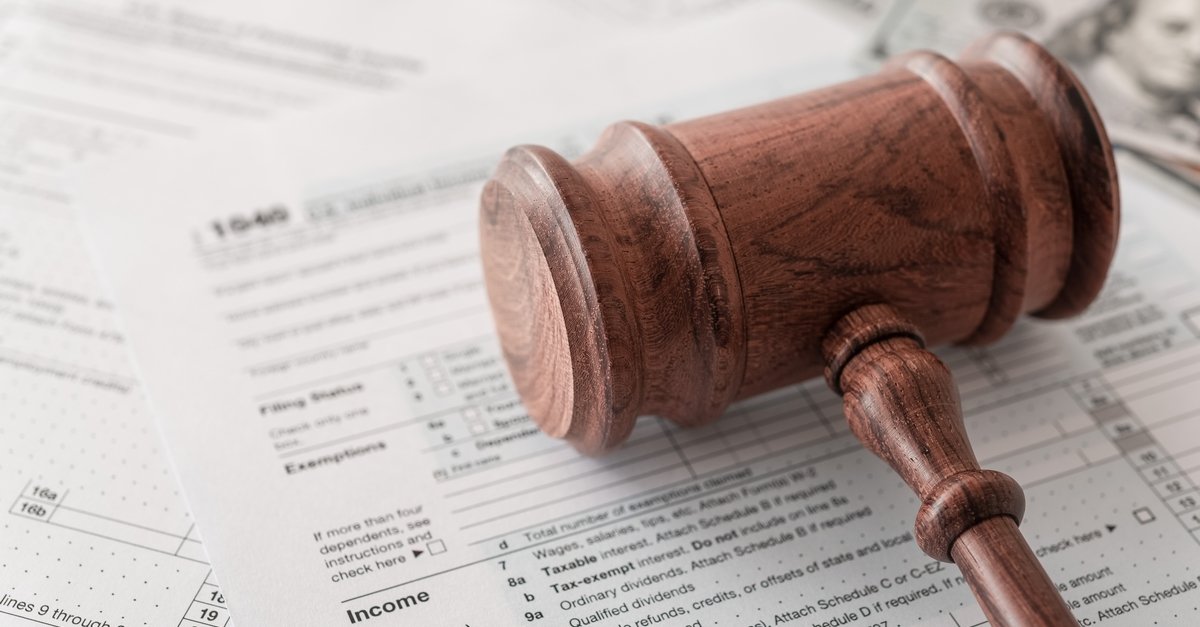Categories
How to pay the authorities? Administrative fees, court fees and stamps

Did you know that the amount of fees charged to the authorities is set by law? Are you hesitant about what is a collection, court fee, administrative fee or how to use a stamp? Find out all about payments for acts of public bodies. Thanks to our article, you will be clear once and for all.
What is a fee and what types are there?
A fee is a lump sum of money collected in return for a certain consideration. Fees are mainly referred to in relation to public entities, e.g. the state, municipalities, courts. There are several types of fees depending on which public body you pay them to.
Administrative fee
An administrative fee is a sum of money levied for the performance of public administration in the interest of the applicant (fee payer), in particular for administrative proceedings regulated by a special legal regulation and for the activities of an administrative authority.
The payer of the administrative fee (= the person who is obliged to pay it) is the natural or legal person who has submitted an application or other proposal to perform an act to the administrative authority or the person in whose interest or on whose behalf the act has been performed.
Administrative fees are regulated by Act No. 634/2004 Coll., on administrative fees. You will be most interested in its annex - the schedule of administrative fees for specific acts.
Court fee
A court fee is a sum of money levied for proceedings before the courts (so-called fees for proceedings) or for individual acts performed by the courts (so-called fees for acts). The main person liable for court fees in court proceedings is the plaintiff.
Court fees are regulated by Act No. 549/1991 Coll., on court fees.
The most common fees to the authorities
In addition to the persons liable for fees, the aforementioned legislation also regulates other issues relating to fees, such as the creation of the fee obligation, exemption from the fee obligation, the amount, due date, method of payment, consequences of non-payment and refund of fees.
In our experience, the most common fees paid to the authorities are for the following acts:
- registration of a trade with the trade licensing authority,
- filing an application for registration in the commercial register (for example, when setting up a company),
- requesting an extension of time to file a tax return, report or account,
- requesting remission of tax,
- application for tax domicile.
The easiest way to pay tax-related fees is by transferring them to the special account of the tax administrator with the prefix 3711. For details on how to pay individual taxes to the tax office, see the article on how to pay your tax.
What is a stamp duty and stamp duty?
A revenue stamp is a valuables used to pay fees to public and state institutions or to pay taxes. You can use it to pay administrative and court fees of up to CZK 5 000. Different stamps differ in colour and denomination.
In the Czech Republic, stamps are issued in various denominations from CZK 1 to CZK 1 000. The price of stamps corresponds to the nominal value of the stamps. You can buy stamps at the Czech Post offices, courthouses and administrative offices.
Protective elements of stamps
The stamps are two-part stamps with an adhesive layer on the reverse side and the two parts are divided by perforations. They are secured against counterfeiting by several protective elements.
- The upper part of the stamp features the large state emblem of the Czech Republic, a number indicating the value, the monetary unit 'CZK', the inscription 'Czech Republic' and the inscription 'Stamp'.
- The lower part of the stamp features a number indicating the value, the monetary unit 'CZK' and the inscription 'Kolková známka'.
Special types of stamps are also used on tobacco products and spirits, where the collector verifies the payment of excise duty by the manufacturer, and were previously used on banknotes.
Write to us and we’ll get back
to you within 24 hours.